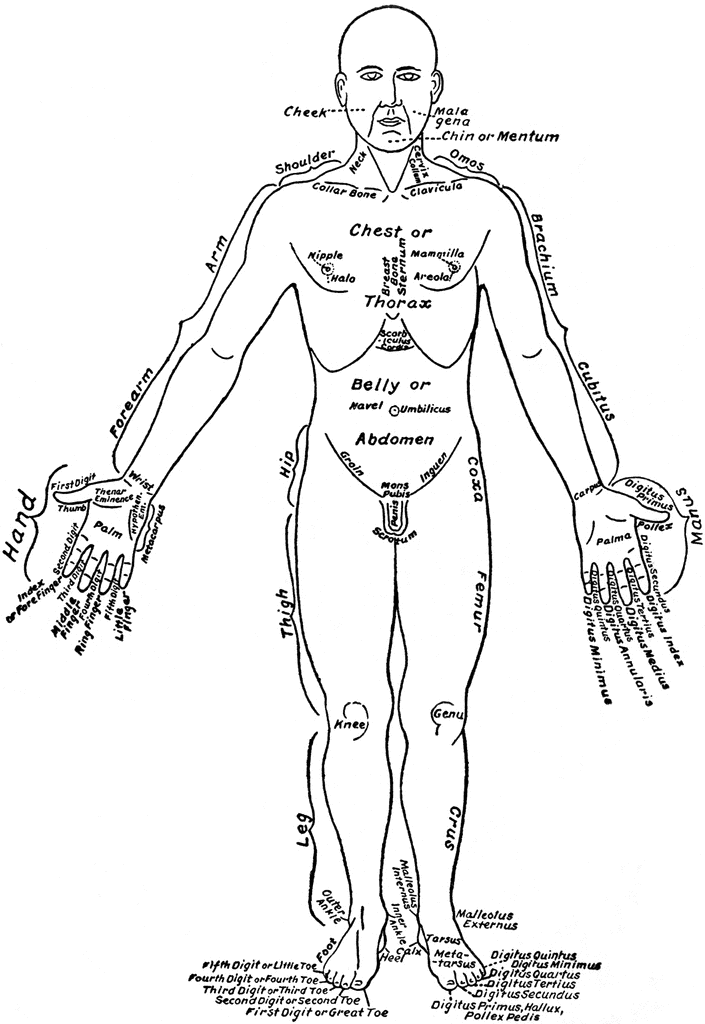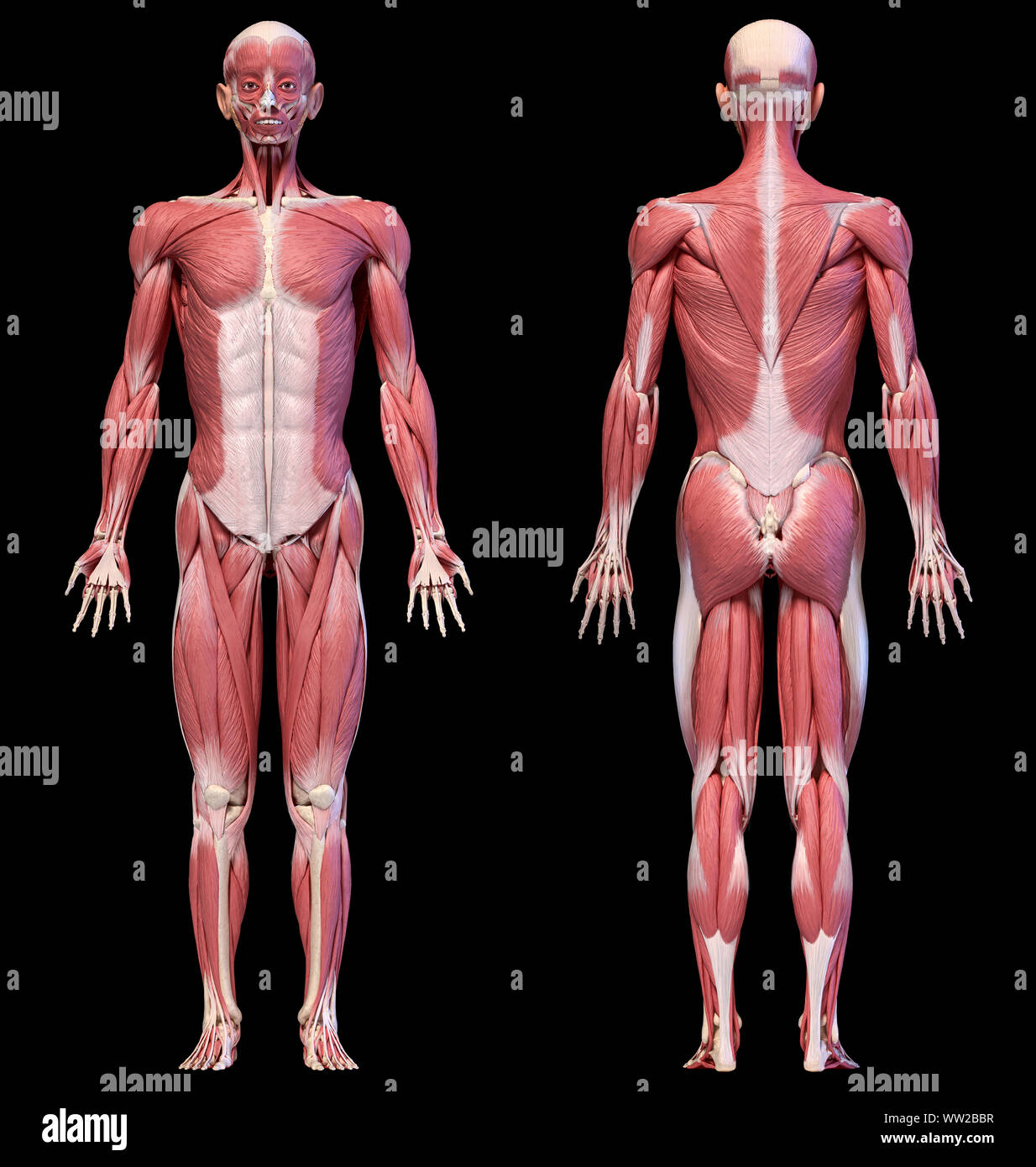
Almost every organ is made up of various parts which can also be named separately as organs. It is just impossible to mention all the organs, here. Here is a list of the main internal organs of the human body. Lower Limb Region: This includes everything below the inguinal ligament, including the hip, the thigh, the knee, the leg, the ankle and the foot.įor the sake of convenience, you may divide body organs into ‘Organs on the left side of the body’ and ‘Organs on the right side of the human body’.The perineum is the region that consists of the sex organs and the anus. Pelvic Region: This region includes the pelvis which consists of everything from the pelvic inlet to the pelvic diaphragm.Back Region: The region includes the spine and its components, the vertebrae, sacrum, coccyx, and intervertebral discs.Middle Region: This includes human abdomen to the pelvic brim or to the pelvic inlet.Thorax: This is the region of the chest from the thoracic inlet to the thoracic diaphragm.Upper Limb: This region includes the shoulder, arm, hand, wrist, forearm, elbow and fingers.Head and Neck: The upper region of the body includes everything above the neck, for instance, hair, scalp, eyes, ears, nose, mouth, tongue, teeth, etc.Let us now divide the body into different regions so that it will be easier to make a body parts list. Vestibular System: It helps maintain the balance of the body and the sense of spatial orientation.It consists of kidneys, ureters, bladder, and urethra. It helps get rid of the cellular wastes, toxins, excess water or nutrients from the circulatory system. Urinary System: Maintains fluid balance, electrolyte balance and administers excretion of urine.It consists of bones, cartilage, ligaments, and tendons. Skeletal System: Gives shape to the body and holds the body.It consists of the nose, pharynx, larynx, trachea, bronchi, lungs, and diaphragm. Respiratory System: Breathing system that helps absorb oxygen from the air and expel carbon dioxide from the body.Reproductive System: Female reproductive system consists of ovaries, fallopian tubes, uterus, vagina, mammary glands, and the male reproductive system consists of testes, vas deferens, seminal vesicles, prostate, and penis.Nervous System: Gathering, processing and transferring information to and from the body with the brain, spinal cord, and the nerves.It consists of both skeletal and smooth muscles. Movement of the muscles promotes movement of fluids, food or blood (for example, in the stomach, intestines, and heart). Musculoskeletal System: Helps move the body with muscles and tendons.Lymphatic System: Transfers lymph between tissues and the bloodstream, consists of the lymph and lymph nodes and vessels that transport it.Immune System: Fights off diseases, consists of leukocytes, tonsils, adenoids, thymus, and spleen.Integumentary System: Consists of skin, hair, and nails.Hormones control the physiological processes in the body and psychological behavior of the person.

Endocrine System: Communicates within the body using hormones made by endocrine glands like the hypothalamus, pituitary gland, pineal gland, thyroid, parathyroid and adrenal glands.Endocannabinoid System: Consists of neuromodulatory lipids and receptors which help in a variety of physiological processes including appetite, pain-sensation, mood, motor learning, synaptic plasticity, and memory.It consists of salivary glands, esophagus, stomach, liver, gallbladder, pancreas, intestines, rectum, and anus. It is involved in the breakdown and absorption of nutrients and it promotes growth and maintenance.


Circulatory System: Pumps and channels blood to and from the body and lungs, plays an important role in the transportation of nutrients, gases, hormones and wastes through the body.


 0 kommentar(er)
0 kommentar(er)
